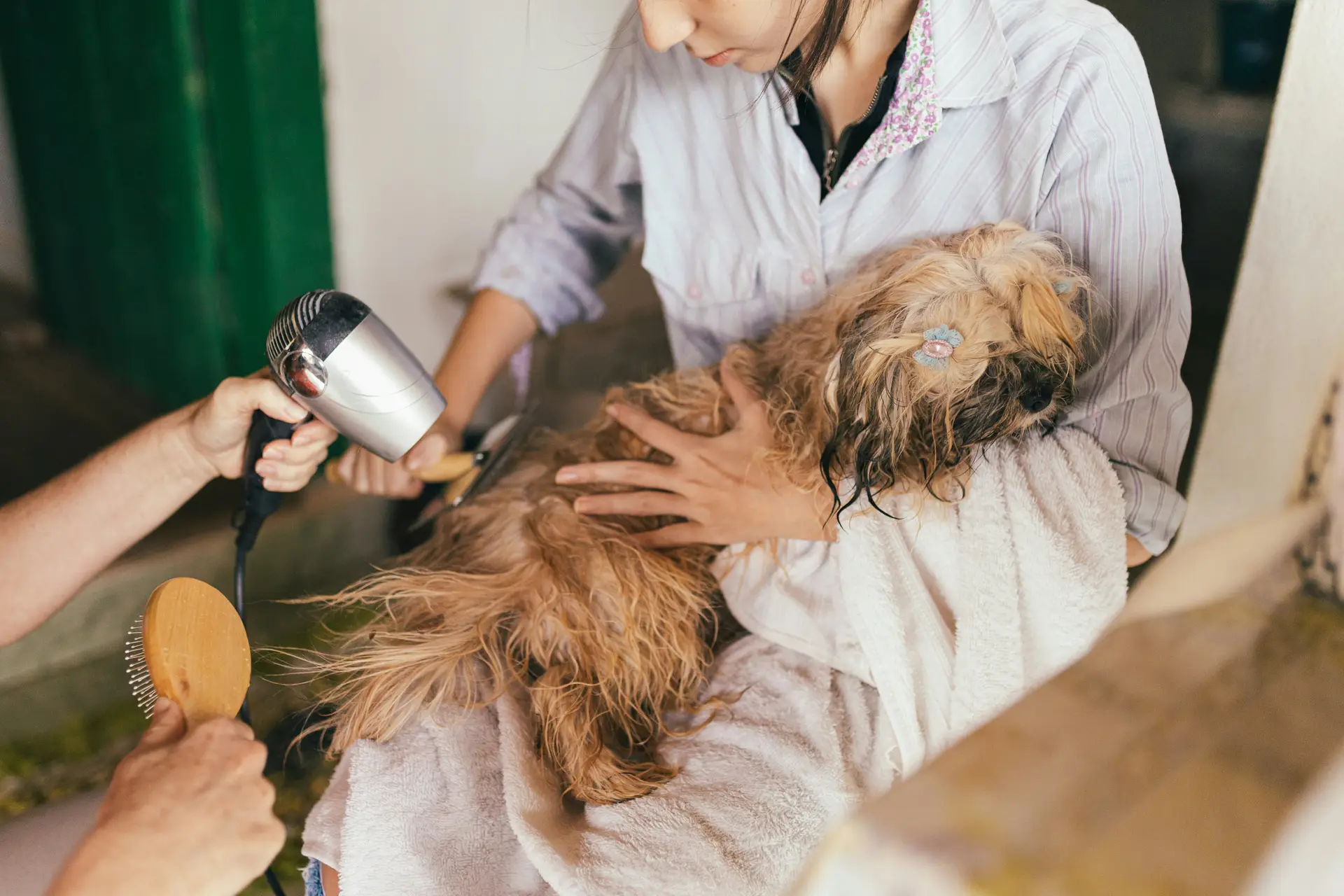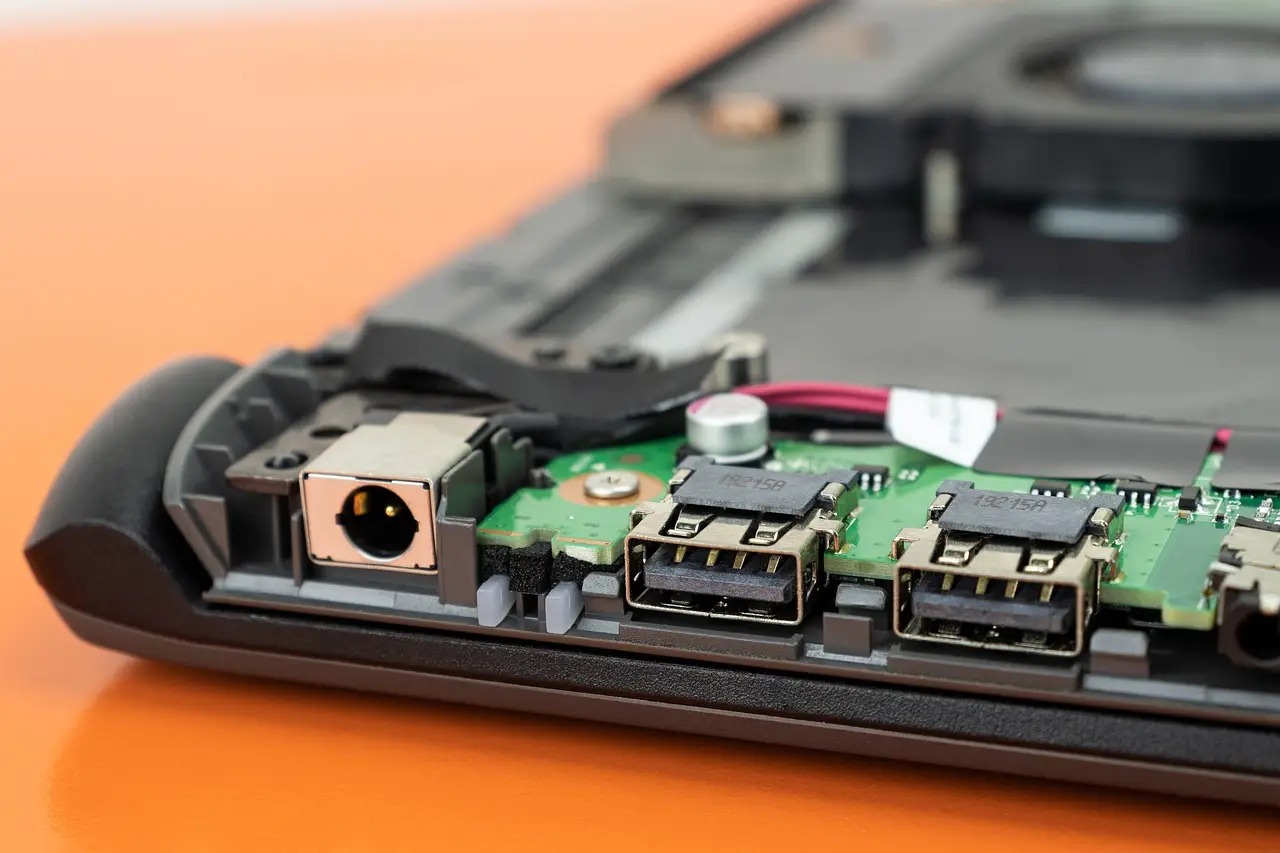Choosing the Right Groomer for Your Pet's Needs
Grooming is an essential component of pet care that significantly impacts your pet's health and well-being. Regular grooming helps maintain a healthy coat, prevents matting, and allows for the early detection of health issues, such as skin infections or parasites. A professional groomer is trained to address the specific grooming needs of different breeds while ensuring that your pet feels comfortable and safe throughout the process. This guide aims to assist you in selecting the most suitable groomer for your cherished pet.
Identifying Your Pet's Grooming Requirements
Understanding your pet's individual grooming needs is the first step in selecting the right groomer. This includes considering factors such as breed, coat type, and specific health considerations that may influence grooming.
Grooming Needs Based on Breed
Different dog and cat breeds exhibit varying grooming requirements based on their coat type, length, and texture. For instance:
- Long-haired Breeds: Dogs like the Afghan Hound or cats such as the Persian require frequent grooming to prevent matting and tangles.
- Short-haired Breeds: Breeds like the Beagle or Domestic Shorthair cat may need less frequent grooming but still benefit from regular brushing to remove loose fur and dander.
Specific grooming tasks often include:
- Trimming and Styling: Certain breeds have distinctive hairstyles that require periodic trims (e.g., Poodles).
- Bathing: Most pets need regular baths to maintain a clean coat and healthy skin.
- Nail Clipping: Regular nail trimming is crucial to prevent overgrowth and discomfort, which can lead to mobility issues.

Understanding these requirements is vital, as it helps you assess whether a particular groomer has the expertise to manage your pet's specific needs.
Health-Related Grooming Considerations
Health issues can greatly affect grooming routines. Conditions such as skin allergies, sensitivities, or infections may necessitate specialized grooming techniques and products. For example:
- Skin Conditions: Pets with skin allergies may require hypoallergenic shampoos and gentle grooming techniques to avoid further irritation.
- Older Pets: Senior pets may have mobility issues or health problems that require the groomer to adapt the grooming process to ensure their comfort and safety.
It is essential to communicate any health concerns to the groomer beforehand, as this information will guide them in providing the best care for your pet.
Finding the Right Groomer
With a clear understanding of your pet's grooming needs, the next step is to research potential groomers. Here are effective methods to help you find the right professional for your pet.
Seeking Recommendations
Start by asking for recommendations from trusted sources, such as friends, family, or your veterinarian. Personal referrals can provide valuable insights into a groomer's reputation and quality of service. Here are some tips for gathering recommendations:
- Word of Mouth: Engage with fellow pet owners in your community or social circles. Their experiences can reveal important details about various groomers.
- Veterinarian Referrals: Your vet can recommend groomers who are knowledgeable about the health needs of your pet, especially if your pet has special health considerations.

Reviewing Online Feedback
In addition to personal recommendations, researching online reviews and testimonials can aid your search. Websites and social media platforms allow customers to share their experiences, giving you a clearer picture of each groomer's services and reliability. Look for:
- Overall Ratings: High ratings often indicate satisfied customers and skilled groomers.
- Specific Feedback: Read comments regarding the groomer's friendliness, professionalism, and how they handle pets, especially those that may be anxious or difficult.
Assessing the Grooming Environment
Before making a final decision, it is crucial to visit potential grooming facilities. A clean, well-maintained environment often indicates professionalism. Pay attention to the following:
- Hygiene: Ensure that the grooming area and tools are clean and sanitized.
- Safety Practices: Observe how the staff interacts with pets. They should be gentle, calm, and knowledgeable about handling animals.
- Facilities and Equipment: Check if the groomer has the appropriate equipment for your pet's grooming needs, whether it’s specialized brushes, bathing stations, or drying equipment.
Arranging a Trial Grooming Session
Once you have narrowed down your options, consider scheduling a trial grooming appointment. This allows you to evaluate how the groomer interacts with your pet, their grooming techniques, and the overall experience for both you and your pet. Pay attention to:
- Your Pet's Comfort: Observe how your pet responds to the groomer. A positive attitude from your pet is a good sign.
- Quality of Service: Evaluate the final results. A competent groomer should meet your expectations in terms of grooming standards and pet care.
Selecting the right groomer for your pet is crucial for their well-being and comfort. By understanding your pet’s grooming needs, conducting thorough research, and carefully evaluating potential groomers, you can ensure that your beloved furry friend receives the best care possible. Taking the time to choose an experienced and compassionate groomer will not only keep your pet looking great but will also contribute to a healthier lifestyle. Happy grooming!










